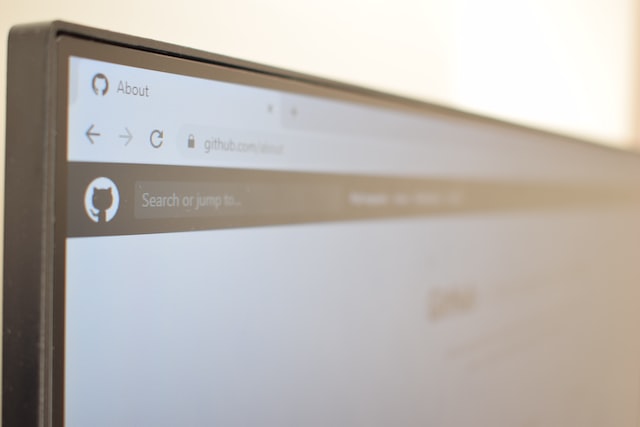
In this hyper-connected world where we are all dependent and conduct much of our lives through digital technologies, data is considered one of the most valuable assets. And so web scraping has become quite a popular way of collecting invaluable data from the web.
In order to make data extraction more efficient and accessible, web scraping relies on a number of automated tools such as Puppeteer. But what is Puppeteer? Is it really the right tool for web scraping? Let’s find out!
What Is Puppeteer?
In simple terms, Puppeteer is an open-source Node library that allows you to perform numerous automated tests. Developed by Google, this framework lets you control headless Chrome browsers with JavaScript commands for testing purposes.
Besides, the DevTools Protocols of Puppeteer help you to remotely perform tasks like filling out forms, clicking links, or even clicking buttons. In addition, this automation tool delivers a high-quality API that enables users to profile performance, debug web features, and inspect web pages.
Puppeteer has gained a significant amount of appreciation from web developers for its simple but useful features in automation. If you’re new to this framework, you must look for a simple and easy Puppeteer installation guide to get started.
Features of Puppeteer
Puppeteer offers a wide variety of features including:
- It creates a proper environment for testing. It also gives you the opportunity to run tests on Google Chrome using the latest APIs and Javascript.
- It allows you to have cross-browser testing. You can use a wide variety of programming languages and operating systems in Puppeteer.
- Tools like TeamCity, Jenkins, and TravisCI are well-integrated with Puppeteer.
- It gives you the ability to take automated screenshots.
- From UI testing to form submission, you can automate most of the actions within the framework of this handy tool.
- Puppeteer also has a helpful community that can provide you with the latest library extensions and updates.
Puppeteer Architecture
To get a better idea of what Puppeteer is, you need to have a proper understanding of its architecture. This automation tool is mainly a combination of DevTool protocols, high-quality API, and Node libraries.
We can summarize the Puppeteer testing through the following processes:
- Browser: The browser executes the necessary instructions on the engine.
- CDP (Chromium Development project): All the operations are performed in the Chromium repository. Browsers such as Chrome and Microsoft Edge use Chromium as their browser engine.
- Puppeteer: It’s just another form of the node module which is based on Chromium.
- Test Script: At the test script level, users develop automation code with JavaScript.
Uses of Puppeteer
Puppeteer is mainly used for the purposes such as:
- Testing automation: The purpose is to verify whether the features of the web application are properly serving the end users. It also conducts performance benchmark testing.
- Taking screenshots: Screenshots are used to get a visual idea about the interface. It can be also used in automated comparisons.
- Automating interaction: Automation actually speeds up the process and makes the user interface a lot smoother and more convenient.
- Web scraping: Web scraping is a process of extracting data from websites. Puppeteer allows to emulate a real user interaction with a website. It is a very useful tool for web scraping.
Drawbacks of Puppeteer
Before using Puppeteer, you also need to consider its limitations including:
- Puppeteer only supports browsers like Firefox and Chrome. It’s not compatible with other non-Chromium browsers.
- The programming language of Puppeteer only supports Javascript.
- The framework of Puppeteer is not as complete as other automation tools such as Testcafe or Cypress.
Web Scraping With Puppeteer
When it comes to extracting data from websites, the automation features of Puppeteer can be extremely beneficial and useful.
Manual web scraping requires a lot of time and effort which is not ideal. Since Puppeteer has the ability to perform all activities just like a human, you can use it to scrape data from websites.
Puppeteer opens a headless browser and scrapes data without any loading time. In this way, you can automatically gather a wide range of data from numerous websites with maximum efficiency. With this tool, you can also simulate mouse movement or keyboard inputs which adds an extra advantage in web scraping.
Puppeteer allows you to scrape data from websites in a very efficient way as it can perform all the tasks just like a human and render the page in a real browser.
Final Verdict
In a nutshell, what is Puppeteer? Well, it's an automation tool for browsers that can perform human-like tasks with ease. Its features and advantages are perfect for web scraping. It solves most of the existing problems in the manual scraping processes as well. So, without a doubt, you should definitely use Puppeteer for scraping purposes.
Happy web scraping and don't forget to update your Puppeteer version regularly to get the latest updates and features 🔝